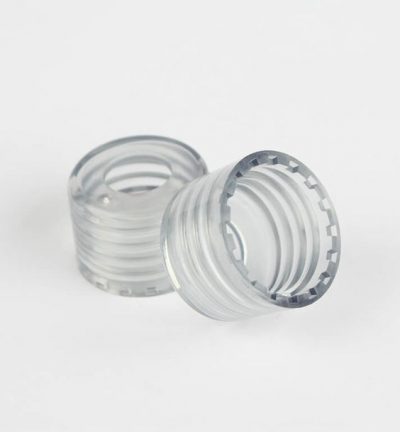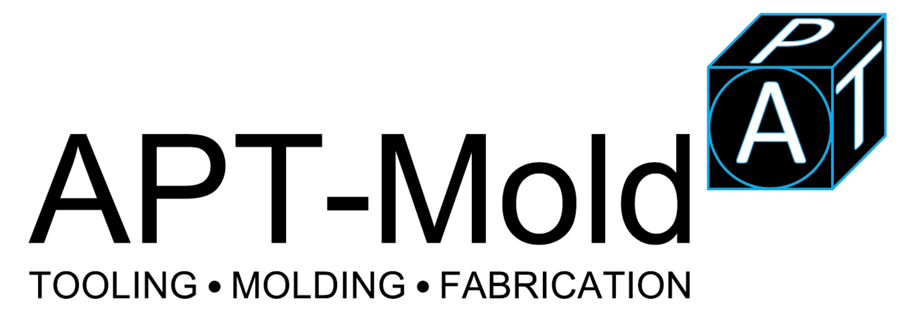Manufacturing has come so far in the last twenty years that is staggering to realize the amount of technology available to create anything we can think of these days. With fierce competition among many manufacturers worldwide and many of them making their own technology to accommodate their clients, it’s easy to oversee the basics of manufacturing for anything, given the extensive amount of information that is needed to make anything happen.

thread injection molding, *picture from plastopialtd.com
Let’s clear the air for a minute on this regard. When it comes to prototype injection molding, there is indeed a lot of new technology around right now, but every single project must follow some fundamental considerations regardless of the size and complexity of it. Our purpose right now is to discuss the best strategy any project manager should follow before getting ahead with any manufacturing project.
Notions that Should Never be Forgotten
As mentioned earlier, there is so much that is needed to know before getting into a manufacturing project that is pretty easy to oversee the basics. We allow our minds to dwell on some of the most complicated steps that take our concepts to design, and then to production. There is a single step that is unavoidable regardless of the project: the creation of the prototype. The good news is that with the current technology, we can create a fully functional prototype using the same design, procedures, and materials that are intended for use on the production part.
The good thing about the basics is that there are not many of them, and we have the luxury of time to accommodate them before getting started with our project to make sure it’s successful. Keep in mind that these stages of logistics are meant to drive away as many issues as possible and they are in place to help project managers reach their proposed goals when it comes to schedule, budget, and shipment. Now take a seat and read on, this is planning 101 for prototype injection molding projects, and you have to take note.
Never Sacrifice Design Intent from Your Original Specifications
Manufacturers often face an impossible challenge: they have to create a high-quality, lasting product that enters the market quickly and have some impact. The issue here is time. Many manufacturers sacrifice time in order to deal with constraints such as schedule, or a very narrow window offered by a demand that is growing increasingly.
We are not the ones to tell anyone how they should manage their project, but you are here because you need to learn a thing or two about manufacturing. The best advice we can offer in this regard is the following: taking the time to get the part right can play a massive role in the success of the project.
Keeping design intent in place on your part design specifications will maintain the quality of the product intact. While competitors may take a share of the demand you are trying to cover with a first launch, their quality will be challenged when your product comes along. Marketing and word of mouth should do the rest.
Think About Changes Ahead
The minute we come up with a concept, we need to keep on top of it with revisions and considerations to make it work better. Development of a prototype is meant to help manufacturers create the first, fully functional working model of the products. By thinking ahead and engineering our product on the go, we can reduce the number of steps that are needed to complete the part for production.
The best way to go about this is by working with a design engineer that is trustworthy of your vision, and able to help you devise a strategy that includes anticipated modifications to the original concept. This will make the manufacturing process more accessible, affordable, and it will also cut the times between testing cycles. Hunt for a manufacturing company with in-house sampling to avoid delays and keep the flow of information steady with no delays.
Get Involved in Your Project, Document Every Step of It
Prototype injection molding is a very dynamic process, and many steps will demand changes and last-minute tweaks. It’s imperative to keep track of the communication logs between you and your manufacturing partner. Try to keep all your communication documented if possible. Information plays a significant role in any production process, as well as future part engineering if you choose to work with the same company in the long run. Keep in mind that your creation needs a patent as well as intellectual property protection, even if you change it.
Keep Prototyping and Production Under A Single Roof
One of the biggest mistakes project managers does all the time is searching for various service providers to handle every stage of the manufacturing process. It creates a logistic nightmare if the product is on a schedule, especially if the product or part requires specialized specs. Working with a single company works for the best every single time. This is especially true if you consider that many manufacturing operations are offering integrated services to keep their clients in-house to avoid having them searching for alternate venues to get things done.
